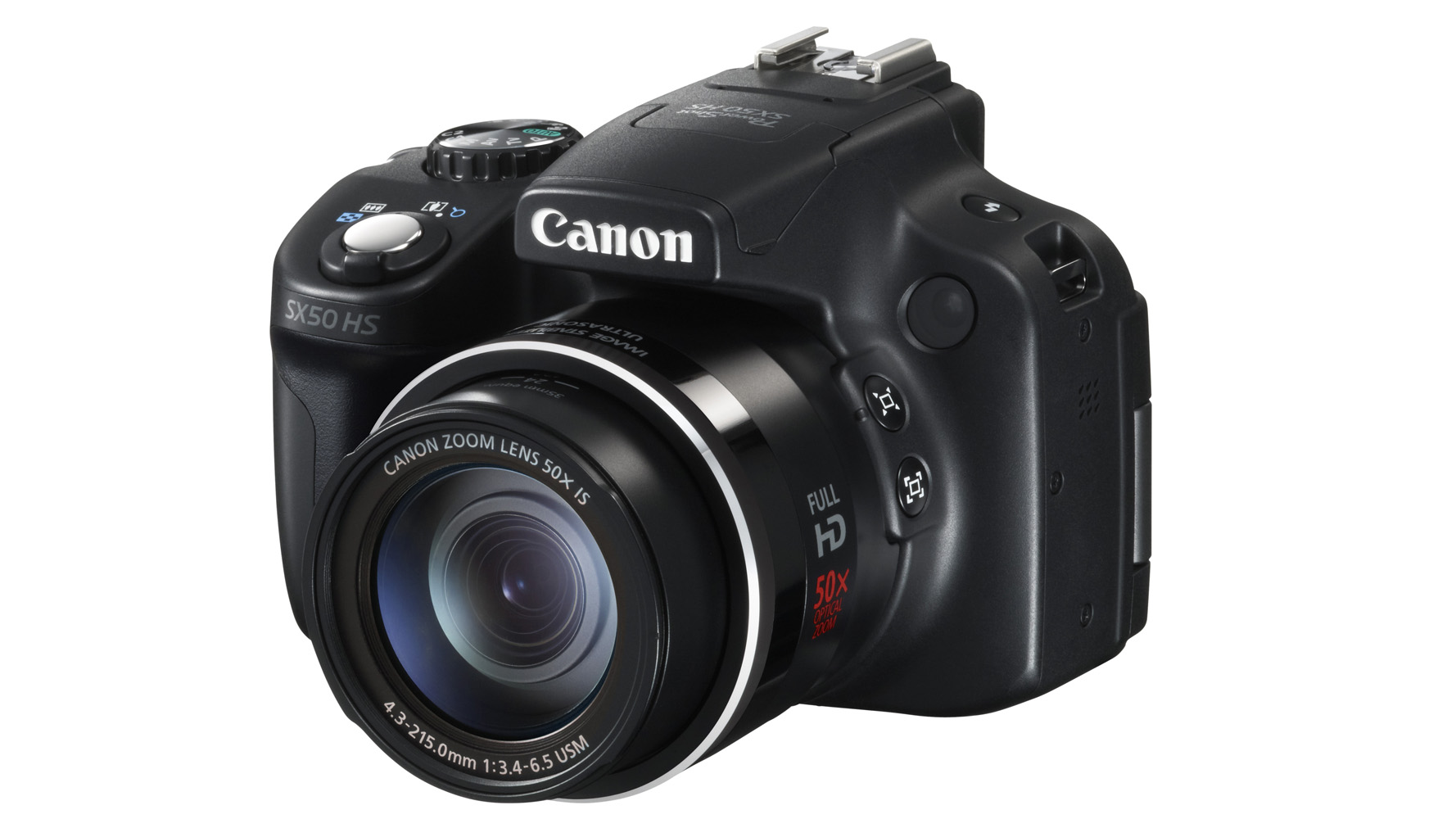Why you can trust TechRadar
We were pleased with the image performance from the Canon PowerShot SX40 HS, and given that the Canon PowerShot SX50 HS contains the same processor and 12.1 million pixel sensor, we were hopeful that image quality would match up.
Happily, we're pleased to report that images from this camera are also very pleasing. There's bags of detail, especially for a sensor this small, making it a great option for a wide variety of different subjects.
It's also relatively easy to achieve attractive shallow depth of field effects with the camera, though it would have been nice to see a wider maximum aperture, such as the f/2.8 constant aperture found on the Panasonic FZ200.
Colours are represented well in images straight from the camera. There's plenty of vibrancy and brightness, without it being over the top.
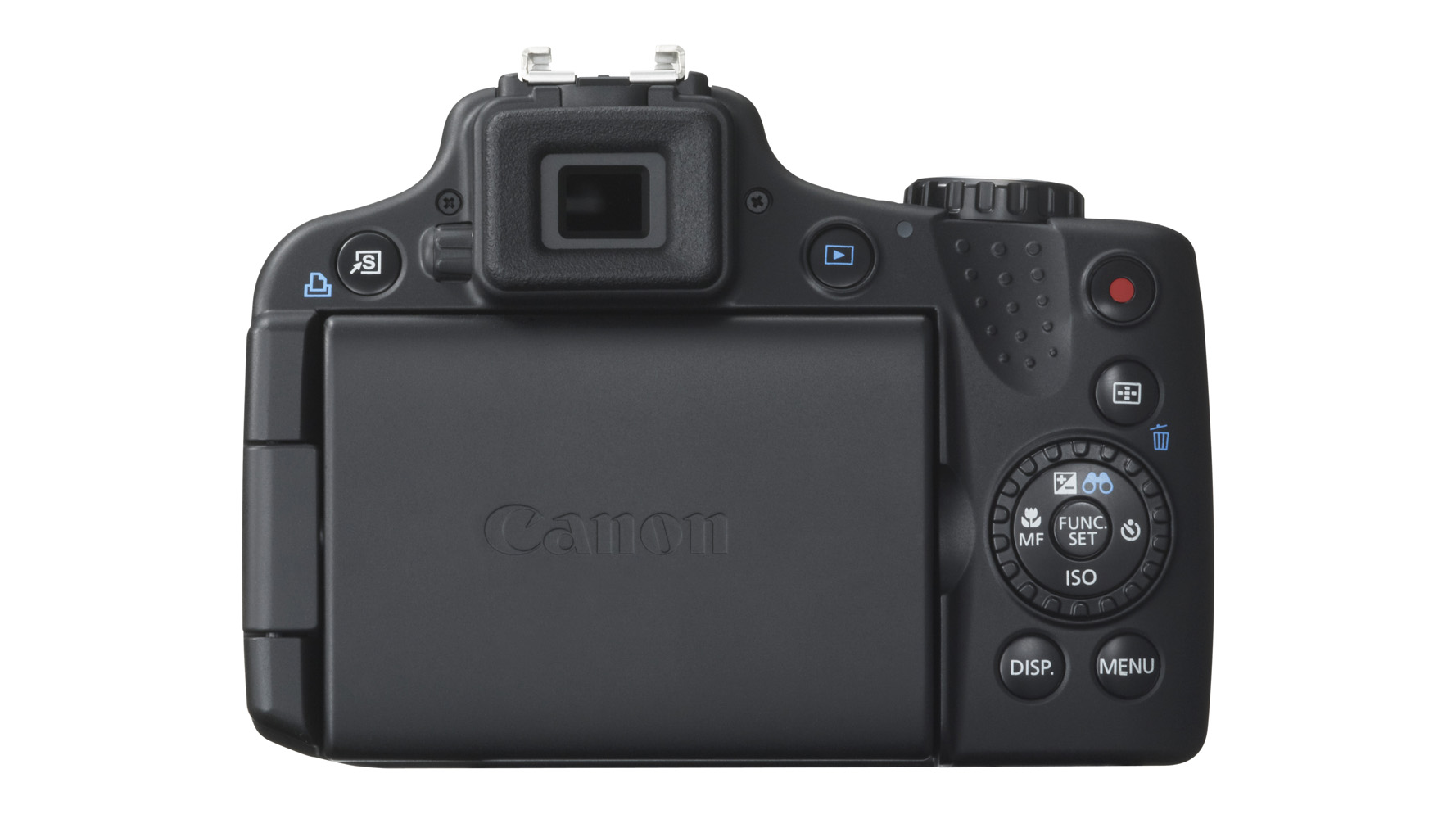
The addition of a Digic 5 processor was big news for this camera's predecessor, and here it continues to deliver reduced noise levels.
Images remain usable throughout the range to ISO 1600, only beginning to drop off in quality at ISO 3200, but we even found these looked acceptable.
There are some examples of image smoothing when zooming into the images at 100%, but certainly nothing which would be noticeable at normal printing or web sizes.
Digic 5 also helps to facilitate a high shooting rate, with the option to shoot at up to 10.3fps for up to eight frames at a time (when shooting JPEG only). This is a real boon when you're photographing fast moving subjects, such as children or animals, and is great to see in a bridge camera.
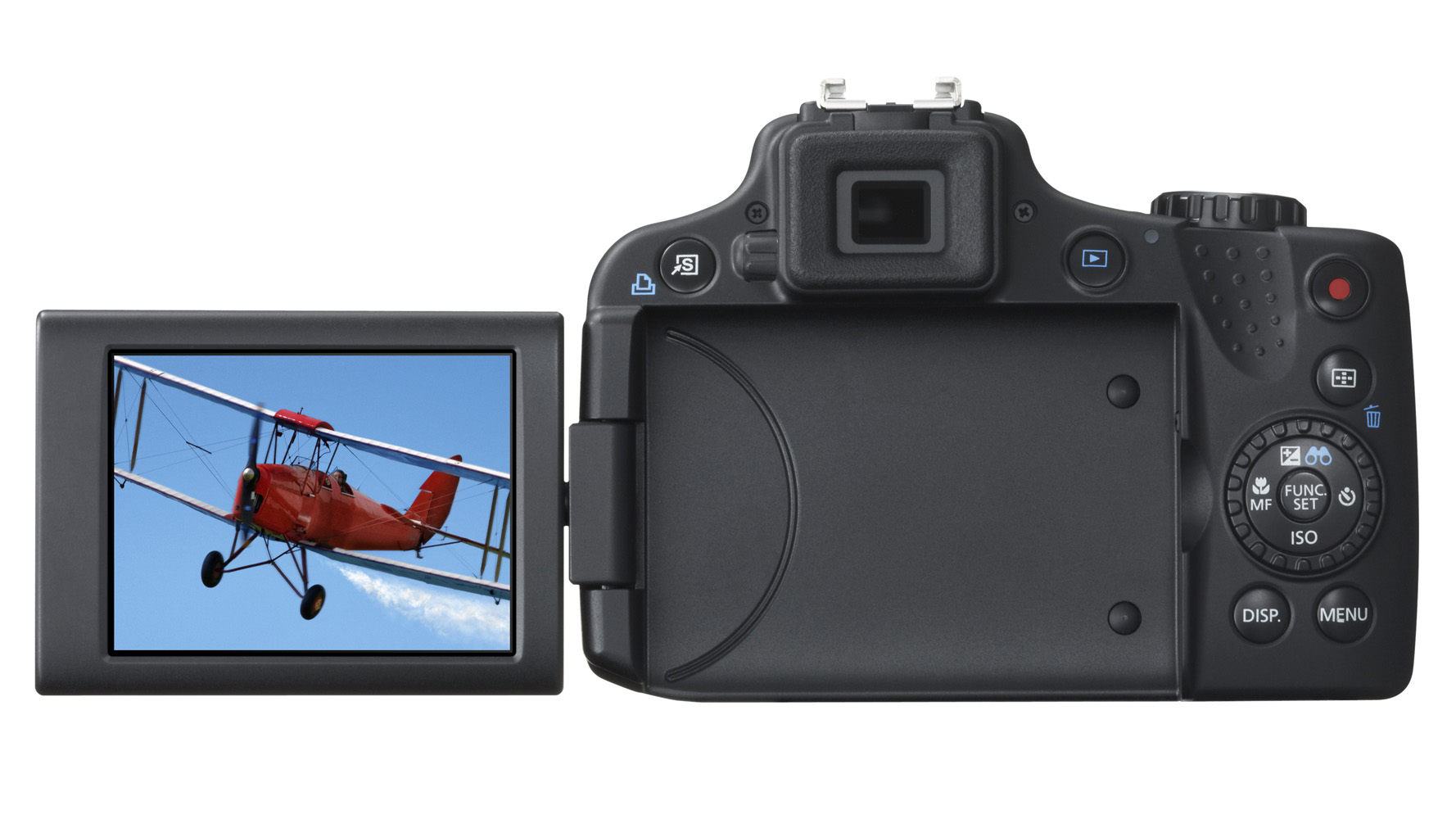
Autofocus does a good all-round job of locking onto subjects quickly and accurately, even when the lens is at the furthest reach of the zoom length.
Of course perhaps the biggest draw of this camera is its 50x optical zoom, making it the longest reach currently available on the market.
Generally speaking, image stabilisation does a very good job of preventing image blur, but at the furthest reach of the optical telephoto end of the lens, you will need a steady hand.
If you can steady it, either with a dedicated tripod or just via a nearby wall, table or other surface, then it's a fantastic bonus to have while travelling or taking nature shots.
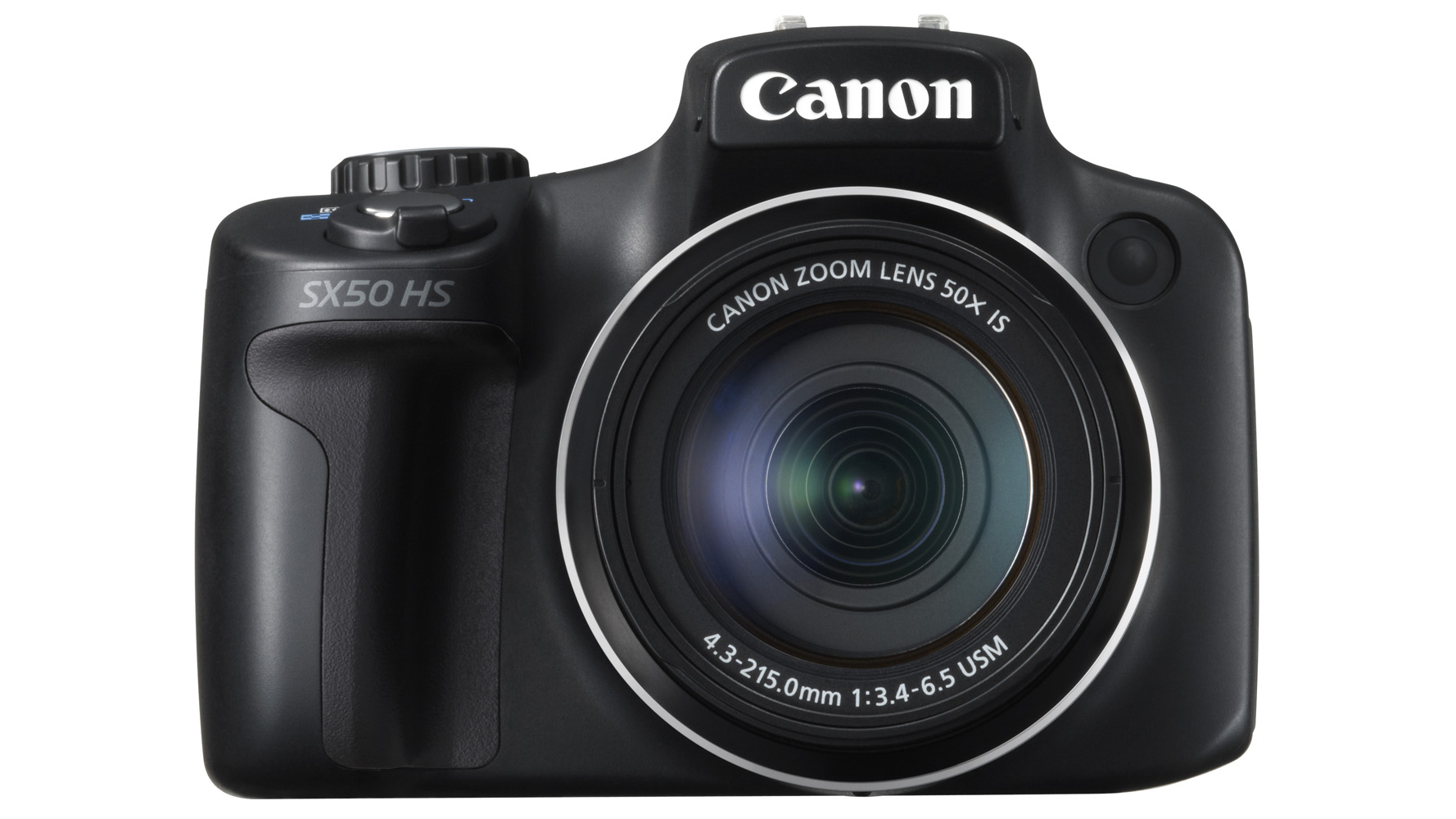
Because even the slightest of movements can dramatically alter the composition when holding the camera at 100x or 200x its reach, it's only really possible to use when the camera is secured in position.
The digital zoom on the camera boasts its reach up to 100x, or 200x when engaging the very furthest reach. At 100x, the images remain surprisingly good, and while they're not on par with what an optical zoom could deliver, it's useful to have if you need it. As is to be expected, image quality drops at 200x quite significantly.
This means that the resulting images should only really be used at the smallest web sizes. Again though, it's a nice to have feature, rather than a necessity, and one that probably won't be used all too frequently.
As with the Canon SX40, there are a few art filters to experiment with on the Canon SX50. Unfortunately you can't shoot these while using raw format, so if you decide you don't like the filter later in post-production, you won't be able to remove it.
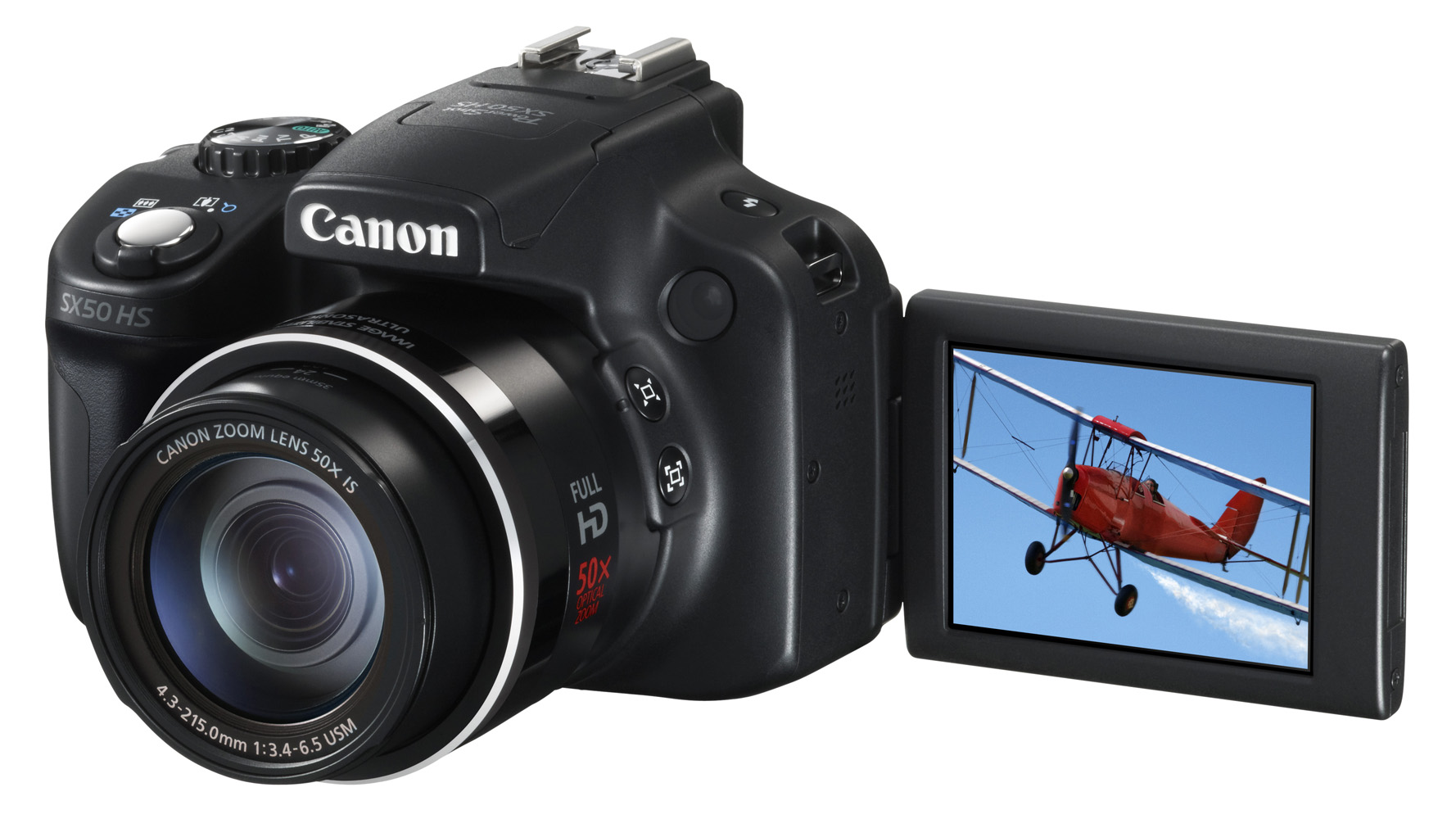
Some of the filters are better than others, as you might expect, but it's nice to have a few different options to try out, while some of them are customisable, meaning you can achieve different effects.
You can choose to compose your images on the articulating LCD screen, or the electronic viewfinder. The LCD screen is bright and clear, and isn't marred by glare or reflections, except in perhaps the brightest sunlight. Having the ability to articulate is also very handy when you want to shoot from a difficult angle.
There have been some fantastic advancements in electronic viewfinder technology, with many cameras now boasting fantastic devices that are very useable.
Unfortunately, the Canon SX50 is not one of those cameras. Composing an image using the EVF is made difficult by the small size of the screen.
Although the small scroll dial at the side of the EVF can be used to adjust the sharpness of the screen, it's still tricky to use, especially in brighter conditions.
Current page: Performance
Prev Page Build quality and handling Next Page Image quality and resolutionAmy has been writing about cameras, photography and associated tech since 2009. Amy was once part of the photography testing team for Future Publishing working across TechRadar, Digital Camera, PhotoPlus, N Photo and Photography Week. For her photography, she has won awards and has been exhibited. She often partakes in unusual projects - including one intense year where she used a different camera every single day. Amy is currently the Features Editor at Amateur Photographer magazine, and in her increasingly little spare time works across a number of high-profile publications including Wired, Stuff, Digital Camera World, Expert Reviews, and just a little off-tangent, PetsRadar.
